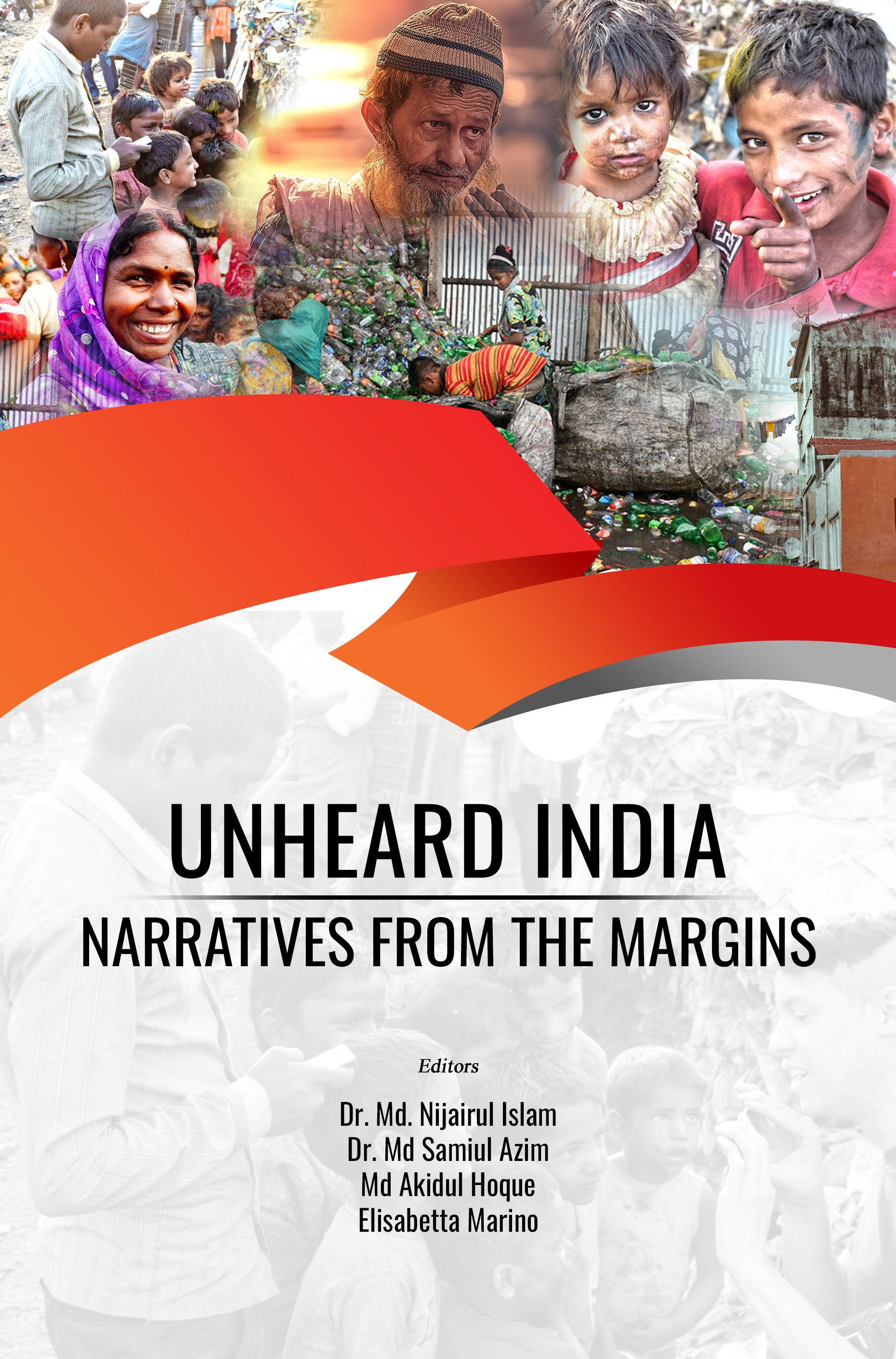NARRATING MARGINS: SUBALTERN URBANISM AND THE CULTURAL CARTOGRAPHIES OF NORTH BENGAL
DOI:
https://doi.org/10.25215/1257942751.08Abstract
This article analyzes how novels, poems, and documentary films portraying North Bengal construct subaltern urbanism – the lived experience of marginalized urban populations often elided in mainstream discourse. Focusing on settings such as the Siliguri corridor, tea garden towns, and border settlements, it examines how these cultural texts map the city’s social and spatial peripheries. Employing a critical discourse analysis of selected literary and film narratives, the study shows that these works foreground processes of spatial exclusion and economic precarity while also registering acts of collective resistance and agency. Key findings indicate that North Bengal’s “informal” settlements – slums by riverbanks and railroad tracks, flood‐prone colonies, and border shanties – emerge as cartographies of exclusion, inhabited by workers (rickshaw pullers, vendors, ex‐tea laborers) living in chronic uncertainty. Narrative and cinematic devices (dialect, first‐person voice, archival interviews, observational camerawork) both reveal and challenge these marginal realities. The analysis demonstrates that North Bengal’s cultural texts register subaltern urbanism, giving voice to the otherwise invisible and connecting local struggles to broader questions of spatial justice (Roy, 2011). By linking urban and Subaltern Studies, this work enriches the understanding of Indian small‐town urbanization and the power of narrative to highlight social marginality.Published
2025-07-28
Issue
Section
Articles


